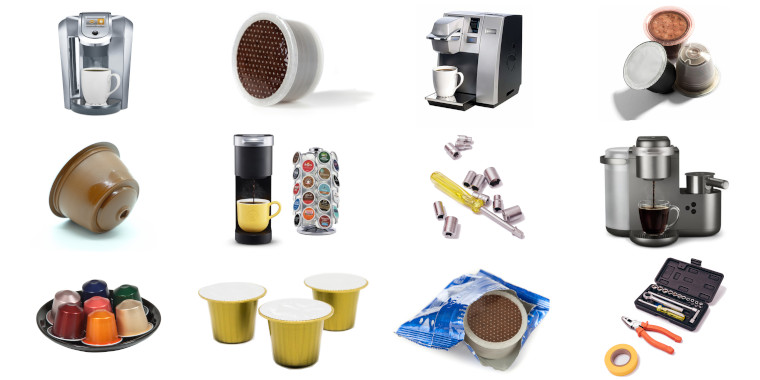It is somewhat easy to estimate the cost-benefit of the products you resell or that of factory machinery, but what about everything else? What is the simplest and most reliable predictor of the long-term cost and value of a third-party solution?
Answer: The business model of the vendor. That is, how a business makes money out of its particular know-how. One of the most lucrative business models is that of the Keurig® single cup coffee machine. First, you sell a technological wonder that promises a variety of gourmet coffee delivered conveniently, then you sell the proprietary pods.
Traditional tech vendors do this as well. Commoditization and simplicity drive prices and margins down. So, in order to survive and thrive, they try to "warp" your IT infrastructure in their favor and lock you in their "ecosystem". Complexity helps them to better hold on to their share of your mind and money.
In effect, they replace one set of expertise, that of doing the job (a good coffee, IT services), with another, that of operating their "machinery." Both imply labor, but neither the cost nor result are the same.
Thankfully there is another business model in the tech industry, one that separates implementation from technology and delivers unadulterated technology that is mostly free. This is the business model of the big IT consultancies like IBM® and HP/DXC® as well as myriad other companies that contribute billions to Open Source Software development. This is also, although on a much humbler scale*, our business model.
With unadulterated technology, you control the variables. If you control the variables, you control the results.
And if you think that making a good coffee is a cup of tea, check this paper on the matter.
* 10 to 200 users and PE/VC backed startups.

